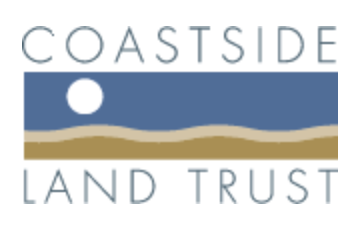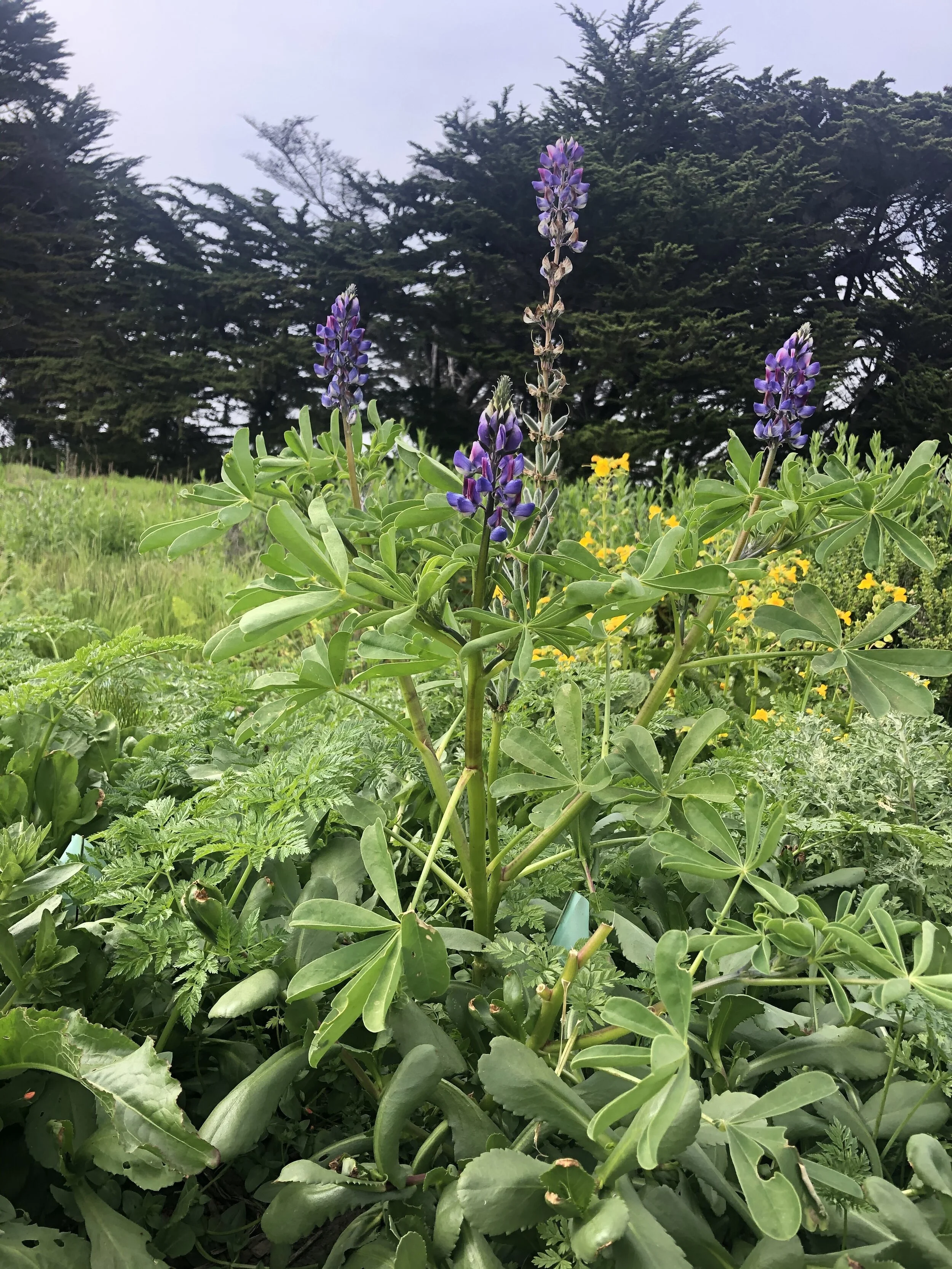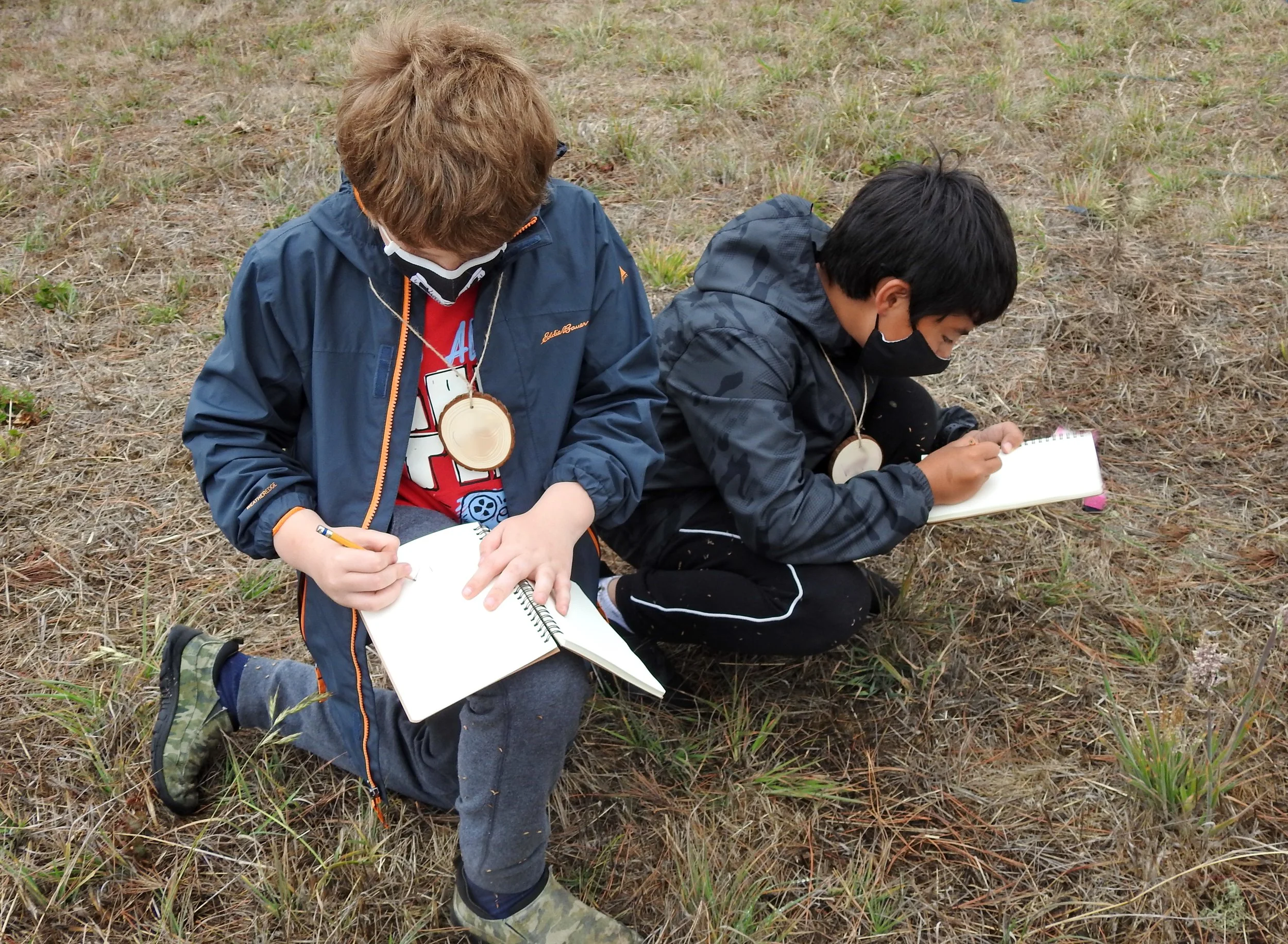OUr Mission:
To connect the students of Cabrillo Unified School District with their local open spaces, and guide them in developing the environmental literacy skills and desire to become life-long stewards of open space.
In Person Field Program
This project features three integrated components:
Field work and stewardship in the local coastal prairie. This field work is facilitated by the Half Moon Bay High School Science students.
Weekly hands-on science lessons and journaling
A culminating celebration in which student stewardship and learning is celebrated and shared with the public.
This model builds upon the Coastside Land Trust’s extensive experience with outdoor education and stewardship programs, and our understanding of the opportunities, needs, and constraints of district schools. Over the course of the school year, Cabrillo Unified School District (CUSD) fourth grade students at the Alvin Hatch, El Granada, Farallone View and Kings Mountain elementary schools address driving questions that facilitate their exploration and stewardship of the local coastal prairie ecosystem, while meeting grade-specific learning objectives of the Next Generation Science Standards.
With a focus upon stewardship and environmental literacy, students learn about the challenges and rewards of maintaining a healthy ecosystem within their community as they engage in a sustained prairie restoration project- planting indigenous pollinator gardens. This field work is completed under the direction of trained Half Moon Bay High School science students who serve as field guides for the stewardship projects.
In the classroom, Junior Land Steward (JLS) program educators and grade level teachers lead students in inquiry-based environmental learning, with hands-on activities and reflection. Students use their Nature journals to record their weekly learning and thinking, as students plan for and synthesize their field-based observations and experiences, while tackling fourth grade science standards.
As a culmination and celebration of this project, student work from the field and the classroom is shared with the community.
2020/2021 Virtual Environmental Science Program
Purpose of Virtual Model: To provide a virtual Next Generation Science Standards integrated environmental literacy curriculum that explores, educates and connects the fourth and fifth grade students of Cabrillo Unified School District (CUSD) to their local ecosystem. The overarching goal is to provide students with an extensive and integrated environmental literacy that addresses the many components of their local ecosystem, leading to a desire to become life-long stewards of open space.
Program Model: This program features bi-weekly expert talks given by local environmental experts. These will be followed by activities and scientific reflection, facilitated by the Half Moon Bay High School environmental science students. Presentations and activities are designed to take 30-45 minutes each session.
Target grades: 4-5
VIRTUAL Presentation Topics and Activities:
Topic 1 : Scientific Observation Within Our Ecosystem
Presenters: John Muir Laws- Author/Illustrator/ Naturalist, Kate Dickey- JLS Program Manager, HMBHS Environmental Science Students
Activity: Backyard Nature Scavenger Hunt exploring biotic and abiotic factors of our local ecosystem
Topic 2: Birds of the Coastside
Presenter: Alvaro Jaramillo- Local Ornithologist and Author, HMBHS Environmental Science Students
Activity: Bird Wing Structure paper airplane activity
Topic 3: Wildflowers and Plant Habitats of the Coastside- Understanding native and non- native plants
Presenter: Toni Corelli- Local Botanist and Author, HMBHS Environmental Science Students
Activity: Plant WANTED Poster
Topic 4: Overview Of Our Local Ecosystems And Open Spaces
Presenter: Barbara Lohman- Coastside Land Trust Board President, HMBHS Environmental Science Students
Activity: Homemade bottle ecosystems
5) Topic: Invertebrates of the Coastside
Presenter: Dr. Stephanie Dole- Regional entomologist, HMBHS Environmental Science Students
Activity: Create a Bug Pooter- A safe, humane way to collect and observe small creatures
6) Topic: Land Mammals- Mountain Lions
Presenter: Felidae society, HMBHS Environmental Science Students
Activity: Food Chain activity
7) Topic: The Composition, Properties, And Environmental Importance Of Our Soil
Presenter: San Mateo Resource Conservation District, HMBHS Environmental Science Students
Activity: Soil cloth decomposition activity
8) Topic: The Biotic And Abiotic Factors Of Our Local Tide Pools And Our Human Impact
Presenter: Friends of Fitzgerald Marine Reserve, HMBHS Environmental Science Students
Activity: Environmental Impact Assessment
Junior Land Stewards in the Media
Testimonials
“The Junior Land Stewards program models how creativity and collaboration among community partners helps our youngest Coastsiders learn and grow while laying a foundation for a sustainable environment. It brings together local elementary and high school students, local public school teachers, and Coastside Land Trust volunteers, this program weaves together environmental science, literacy, and social-emotional learning into a one-of-a-kind community connection and interdisciplinary learning experience for all.”
- Sophia Layne, Parent and CUSD school board representative
“We have implemented the program for two years in a row with a huge success. A combination of in class lessons (reflection, note taking, drafting, drawings, etc...) and walking field trips (seeding, watering, planting, observing, etc...) have a made an extremely successful project based learning program. The involvement of Barbara and Kate, teachers, parents, high school students have made this program stronger and more meaningful for all the parties participating.”
-David Porcel, Alvin Hatch Elementary School Principal
“It was new and wonderful for students to do science in the field: getting dirty, learning that not all experiments go according to plan, and sharing the experience with their friends. My students adored working with their high school mentors, and loved the mix of active fieldwork and deeply introspective expression.”
-Robin Arkell, Fourth grade teacher
“As you know, the Bay Area has many wonderful NGOs and non-profits that facilitate learning for our children. I’ve enjoyed every trip I’ve taken over the years. But this curriculum was my favorite by far. It was a stroke of genius to bring the high schoolers in to work with 4th graders.... I so enjoyed watching them work together. I love that this curriculum took all that 4th grade curiosity, energy and respect of nature and directed it into an ethos of stewardship. ... I am certain that those experiences will remain with those students into their adulthood. So much that we know about global warming and environmental sciences can seem overwhelming but this field work taught us that we can make a difference and to do what we can.”
-Mary, Fourth grade chaperone






